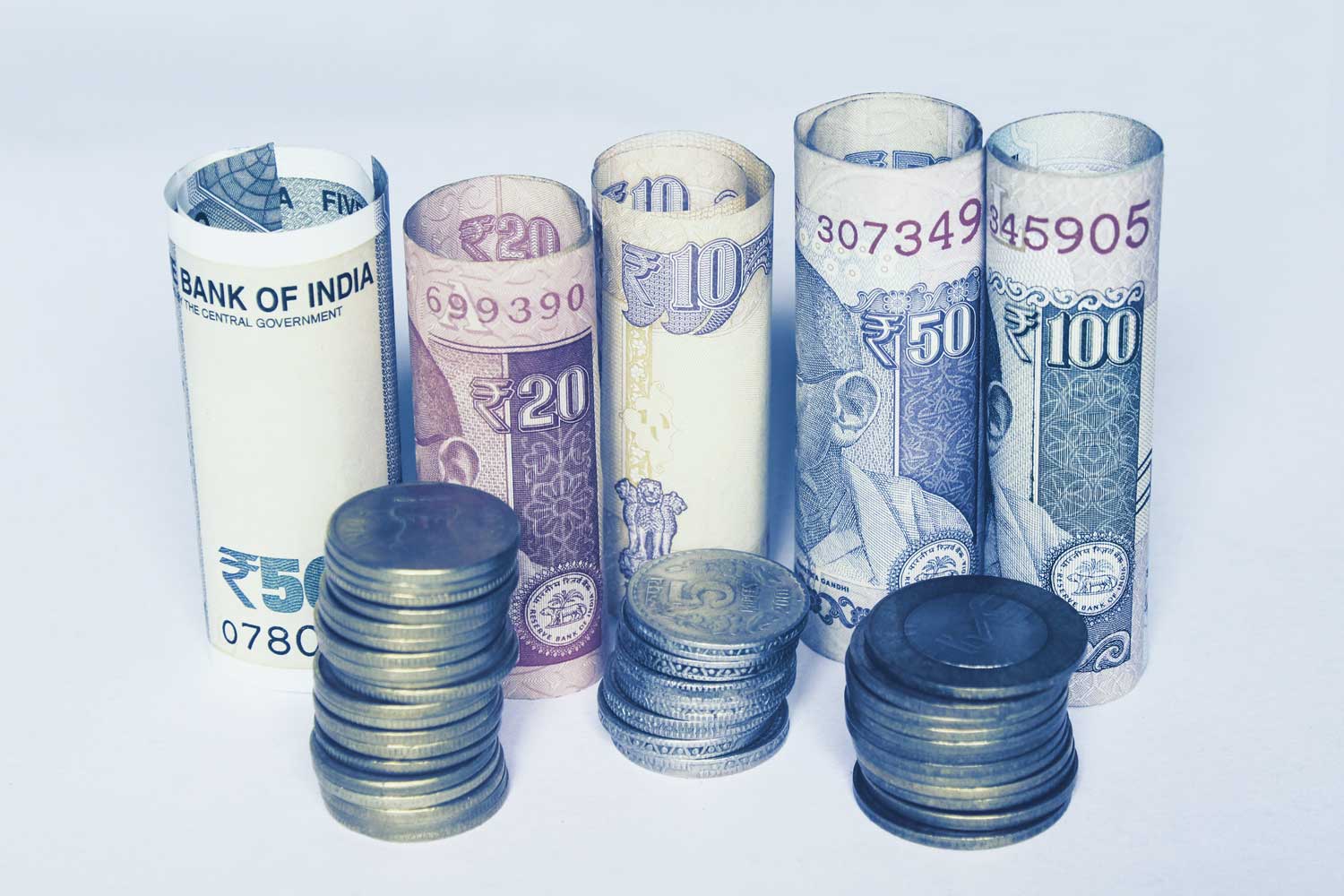If, at the end of each month, you have additional money to put aside for the future, you should consider yourself well-off. That’s because as many as 75% of US residents are reported to be living paycheck to paycheck.
But living below your means is only one part of the equation—you also need to know the best places to squirrel away your money. If you’re not earning interest on your savings, your buying power is eroded by inflation over time.
So, should you put it in a traditional savings account, even though the interest rates don’t seem to make sense? Should you roll the dice and invest your cash? It’s a challenge trying to figure out where to put your savings money.
Savings are typically put into a designated savings account that earns interest, but with a high emphasis on protecting the principal. Although various investment vehicles, such as stocks, can yield higher returns, they pose the risk of losing all your money.
Depending on your savings goals, you can pay off your debts, or put your money in a traditional savings account, a high-yield savings account, or into certificates of deposit, money market funds, and other low-risk investment opportunities.
Pay Off Your Debts
Before you start saving any money, it’s usually a good idea to pay off all your debts. That’s because the interest you pay on most debts is more than the interest you’ll earn from any savings or investment option. So, paying off your debts is usually the best first step you can take toward financial security.
To make this exercise more effective, list everything you owe and figure out which debts have the highest interest rates, penalties, and other expenses. Start paying off the most expensive debt first, then systematically bump the next ones off the list.
While we’re discussing the issue of debt, many people may want to overpay their mortgage as doing this could save them thousands of dollars in interest. However, some mortgages charge penalties for early payments, so check your documents before going forward with this idea.
Deciding Where To Put Your Savings
To figure out the best place to put your savings money, it’s vital to be systematic and consider every factor. The first and most important is figuring out what your savings goals are. Once you figure out what you’re saving for, how much you want to save, and the time it should take you to reach your goal, everything else starts to fall into place. Typical savings are aimed at things that you’d like to achieve in less than two years. If you’d like to put away money for more than three years, seriously consider a shift to investing and building your net worth. Read more on how to save more than $30,000 in a year.
Once you figure out your savings goals, move on to the types of accounts that offer the best interest rates. You also want to look at the minimum deposit and balance requirements for each type of account or other means of growing your savings. Learn more about how to open a high yield savings account.
It shouldn’t be too difficult to access your savings if you find yourself in a financial jam. As such, you want to work with accounts that provide access to your money that’s in line with your savings objectives.
Different Savings Options
Americans who are looking to consistently put a percentage of their income toward an emergency fund will be happy to find a number of options available to them. Let’s go through some of the most popular ones.
- Traditional savings accounts are the most common type of account, and most people are familiar with them. Savings account interest rates are, however, usually low, with most offering less than 1% interest, which means any money you save is losing its value due to inflation. That’s not a good long term plan if you’re looking to build wealth.
- Digital high-yield earning wallets offer a significantly higher interest rate than traditional bank savings accounts. Here at Cashero, we offer APY of up to 6% through stablecoins. That’s a rate that beats inflation and allows your money to work for you.
- Certificates of Deposit (CDs) also offer a higher interest rate than traditional savings accounts. However, to receive this high interest, you have to keep your savings in the CD for a specified period. Penalties, such as the loss of 1-3 months’ worth of interest are imposed on early withdrawals..
- Treasury bills and notes are available from a minimum purchase price of $100. Both are backed by the US government, which makes them extremely safe investments. They are also exempt from taxes. You buy treasury bills and notes at a discount, for example, $90 for a $100 bill. You can then sell them at face value when they mature, which sounds nice, but these aren’t a great long term option.
The Bottom Line
Savings allow you to handle financial emergencies without getting into debt and facing other adverse long-term consequences. Many Americans, however, wonder what are the best places to put their savings. For that reason, we’ve explored how you can make the most of your savings by looking at the different options available.
Content Disclaimer:
As of the date of publication, the information contained on this page is deemed to be factually accurate for all terms of conditions, features, and fees. Changes made to Cashero’s terms of conditions, features, or fees after the publication of this content may not be accounted for.
App Disclaimer:
The Cashero App is now available for download in both the Apple App Store and Google Play Store, though not all features are currently functional. Cashero has not yet officially launched.
